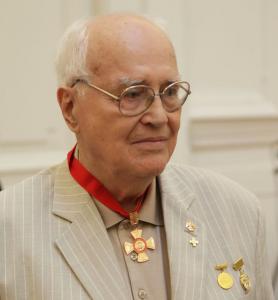
Joan Lluís Montané
Internacional Association of Art Critics
“Muhadin Kishev is an artist who works like the renaissance artists of the past”
Kishev presents us with a universe full of animals, plants, planets, sea, land, woman, signs, symbols, structures, geometries, landscapes, still lifes, diffuse sequences, symbolic allusions to war, reminiscences of a certain pop.
He puts together a series of elements and themes that are interrelated and present a vision of life, an attitude towards art and a versatility that can only come about through communion with poetry.
In truth Muhadin Kishev is an artist who works like the renaissance artists of the past with a permanent thirst for knowledge and experimentation. The creator always looks for ways to innovate, a search for the unknown, the unusual because in the doubting lies the essence of those who wish to know. Thus, throughout his work, the zones of dark and shadow are converted by the artist into splendid lights
His creative work is diverse, ranking from his own contribution to the historic avant-guard in a kind of subconscious homage to his vote for the discipline of colour as an anchor of permanent flux and true guide to the visual structure.
He crosses the poetic sea of the complexity of existence, without crutches, flying like a gull.
 ru
ru
 en
en
 es
es

